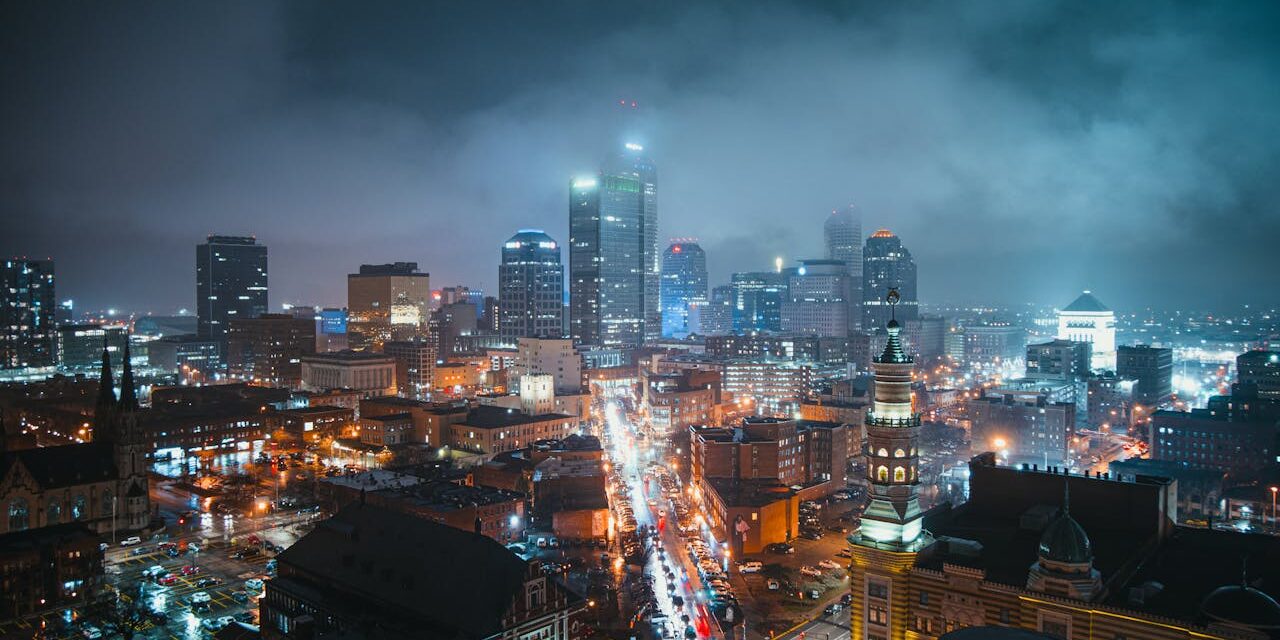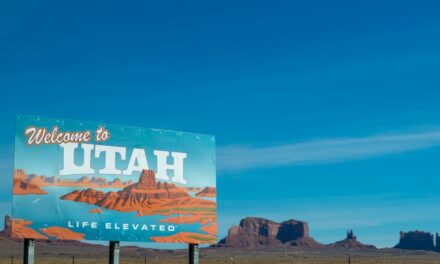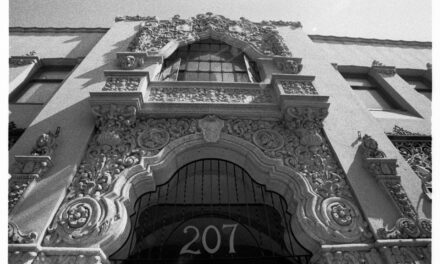Indiana, often called the “Crossroads of America,” has a rich and diverse history.
From its early indigenous roots and European exploration to its significant role in American industrialization and political development, Indiana’s history is loud with cultural and economic growth.
Below, we delve into the captivating history of Indiana, covering its foundation, key historical events, and notable landmarks.
Table of Contents
Early History
Indigenous Inhabitants and European Exploration
Before European settlers arrived, Indiana was inhabited by various Native American tribes, including the Miami, Potawatomi, and Shawnee.
- These tribes had developed complex societies with rich cultures, agriculture, and trade networks.
- The French were the first Europeans to explore Indiana in the late 17th century, with explorers like René-Robert Cavelier, Sieur de La Salle, traveling through the region.
The indigenous peoples and early European explorers laid the groundwork for future settlements.
French and British Periods
Indiana was part of New France until 1763 when it was ceded to Britain following the French and Indian War.
- British control was short-lived as the region became part of the United States after the American Revolutionary War.
Early European influences were significant in shaping Indiana’s cultural and economic landscape.
Key Historical Events
Path to Statehood
Indiana Territory was established in 1800, with William Henry Harrison appointed as its first governor.
- The territory played a crucial role in westward expansion and conflict with Native American tribes, including the Battle of Tippecanoe in 1811.
- Indiana was admitted and allowed into the Union next as the 19th state on December 11, 1816.
Statehood marked a new era of political and economic development for Indiana.
Industrialization and the Civil War
Indiana rapidly industrialized in the 19th century, benefiting from the Indiana Gas Boom and the establishment of key transportation routes.
- The state was a vital contributor to the Union effort during the Civil War, providing troops and supplies.
Industrial growth and military contribution highlighted Indiana’s importance in national development.
20th Century Growth and Development
Economic and Social Developments
The early 20th century saw Indiana’s economy diversify, with significant growth in manufacturing, agriculture, and the pharmaceutical industry.
- The establishment of the Indianapolis Motor Speedway in 1909 and the first Indianapolis 500 in 1911 symbolized Indiana’s innovation and economic progress.
These developments laid the foundation for Indiana’s modern economy.
Political and Cultural Contributions
Indiana played a significant role in American politics, particularly during presidential elections, and became known for its literary contributions during its “Golden Age of Literature.”
- The state also became a center for the automotive industry, further spurring economic growth.
Indiana’s political and cultural contributions have significantly shaped its identity.
Notable Landmarks
Indianapolis Motor Speedway
Home to the iconic Indianapolis 500, this landmark symbolizes Indiana’s contributions to automotive racing and innovation.
- The Speedway hosts the largest single-day sporting event in the world and is a major tourist attraction.
The Speedway is a testament to Indiana’s legacy in sports and engineering.
Indiana Dunes National Park
Situated along the very bottom southern shores of Lake Michigan, this park offers diverse ecosystems and recreational opportunities.
- It highlights Indiana’s natural beauty and commitment to environmental preservation.
Indiana Dunes is a significant natural landmark attracting visitors for its scenic landscapes.
The Children’s Museum of Indianapolis
As the largest children’s museum in the world, it offers extensive exhibits and educational programs.
- The museum is a major cultural institution and a symbol of Indiana’s dedication to education and family activities.
The Children’s Museum represents Indiana’s commitment to education and culture.
Governance
State Government
Indiana operates under a constitution adopted in 1851.
- The state government consists of the Executive, Legislative, and Judicial branches.
- The governor, currently Eric Holcomb, leads the executive branch.
The state government addresses the needs of Indiana’s diverse population and manages its resources effectively.
Local Government
Indiana’s local government structure includes counties, cities, and special districts.
- Each level of government has specific responsibilities for services such as education, public safety, and infrastructure.
- Local governance ensures that the diverse needs of Indiana’s communities are met.
Effective local governance contributes to the overall well-being of the state’s residents.
Demographics and Growth
Population
As of 2023, Indiana’s population was approximately 6.8 million. The state’s demographic makeup reflects its history of immigration and cultural diversity.
Diverse demographics and steady growth reflect Indiana’s appeal as a place to live and work.
Education and Economy
Indiana is home to several prominent educational institutions, including Indiana University and Purdue University.
- The state’s economy is diverse, with key sectors including manufacturing, agriculture, healthcare, and education.
These factors contribute to the state’s economic resilience and cultural vibrancy.
State of Indiana Q&A
Q: When was Indiana admitted to the Union?
A: Indiana was admitted to the Union as the 19th state on December 11, 1816.
Q: Who were the original inhabitants of Indiana?
A: The original inhabitants of Indiana were various Native American tribes, including the Miami, Potawatomi, and Shawnee. These tribes had established societies with rich cultures and trade networks.
Q: What role did Indiana play during the Civil War?
A: Indiana was a crucial Union state during the Civil War, providing significant troops and resources. The state was the first western state to mobilize for the war.
Q: What are some notable historical landmarks in Indiana?
A: Notable landmarks include the Indianapolis Motor Speedway, Indiana Dunes National Park, and the Children’s Museum of Indianapolis. These sites highlight Indiana’s historical significance, natural beauty, and cultural heritage.
Q: How is Indiana governed?
A: Indiana operates under a constitution adopted in 1851, with an Executive, Legislative, and Judicial branch. The governor leads the executive branch, and local governance is managed by counties, cities, and special districts.
Q: What is the current population of Indiana?
A: As of 2023, Indiana’s population was approximately 6.8 million. The state continues to attract residents with its diverse culture, educational opportunities, and economic resilience.
Indiana’s rich history and dedication to cultural preservation make it a unique and vibrant state. By safeguarding its historical landmarks and fostering growth across various industries, Indiana honors its past while looking ahead to a prosperous future.





